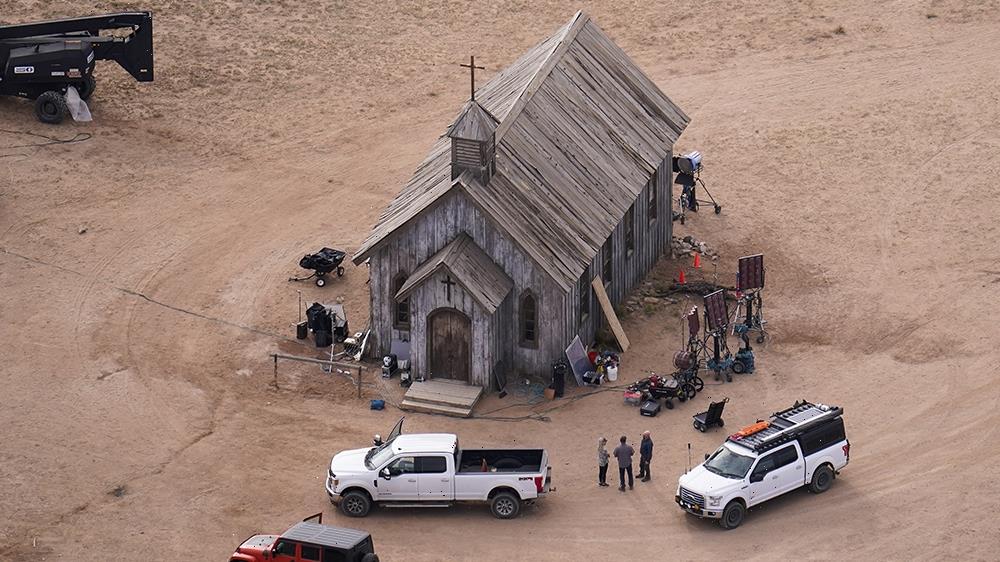Ukraine: Vladimir Putin launches missile in warning
We use your sign-up to provide content in ways you’ve consented to and to improve our understanding of you. This may include adverts from us and 3rd parties based on our understanding. You can unsubscribe at any time. More info
The Russian Defence Ministry announced it had successfully tested a new intercontinental ballistic missile on Wednesday. The RS-28 Sarmat, often nicknamed “The Satan”, was one of the six new Russian strategic weapons first unveiled by Putin in 2018. The missile placed US missile defence capabilities under scrutiny, with many wondering whether it can protect NATO in the event of nuclear war.
The US began its Strategic Defense Initiative during the Cold War, back when fears of a Russian missile strike were at a peak.
The US military spent more than $200 billion (£157 billion) over the next four decades developing systems capable of targeting incoming missiles.
According to the US Defense Department’s independent testing office, the country’s missile defence systems have a “demonstrated capability” to protect the US against intercontinental ballistic missile (ICBM) threats.
The system consists of the following key components.


Ground-based interceptor missiles
Ground-Based Midcourse Defense is a key element protecting the country by intercepting incoming missiles in space.
The US missile defence agency claims that this system has had 11 successful intercepts in 19 tests.
The US has at least 44 ground-based interceptors deployed across the US.

Aegis Ballistic Missile Defense System
This is a missile defence system is placed on US Navy warships, however it is adaptable to land systems as well.
This system consists of the RIM-161 Standard Missile-3 (SM-3), RIM-174 Standard Missile-6 (SM-6), and the Aegis combat system.
Regarded as the world’s most advanced combat system, the Aegis operates from Navy cruisers and destroyers. It uses state-of-the-art computers and radars to track and guide weapons toward enemy targets.
Most recently, the US has placed a $92.5 million (£72.6 million) contract to produce Aegis air defence and radar systems for the Navy.
ON’T MISS:
Macron’s grip on Britain’s energy exposed – France to gain billions [INSIGHT]
Xi sparks Taiwan panic as new hypersonic missile launched [REVEAL]
Mysterious liver disease cases could be linked to virus outbreak [REPORT]


The new systems are set to come online by the end of the year, and will be equipped with the AN/SPY-1 radar, MK 99 fire control system, weapons control, command, and decision suite, along with various extended-range missiles.
Terminal High-Altitude Area Defence
The THAAD uses ground-based interceptor missiles which counter incoming missiles in the upper part of the atmosphere and outside the atmosphere.
By April 2019, the system successfully intercepted 15 incoming missiles in tests.
The US has seven THAAD batteries, three of which are deployed to protect against targeting coming from the Pacific Ocean.
US Arms giant Lockheed Martin also secured a $74mn (£58mn) contract to build more THAAD missiles for the US, after receiving the previously mentioned Aegis contract last month.
The US is also developing airborne missile defence systems, which aim to target missiles while they are in their early boost stages of launch.
TOPOL-M, a Russian ICBM
Source: Read Full Article


